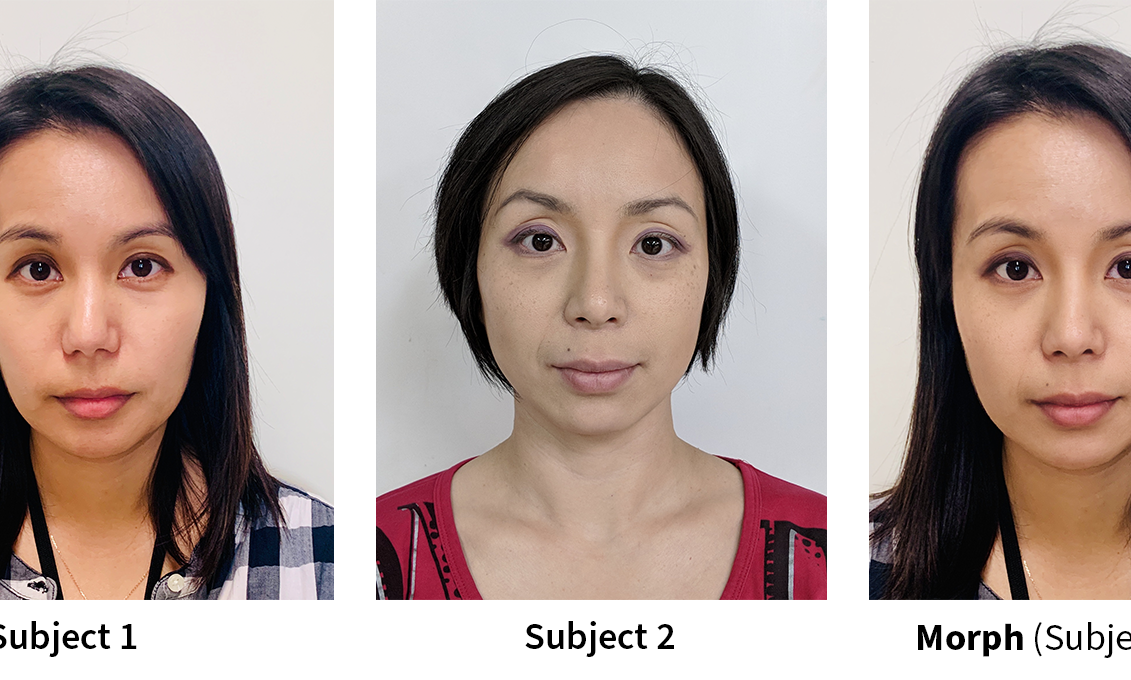- NIST releases practical recommendations to counter face photo morphing threats.
- Guidelines address both single-image and differential morph detection methods.
- Emphasis placed on preventing morphed photos from entering official systems.
Face Morphing: A Growing Challenge for Identity Verification
Face morphing technology, which blends features from two or more individuals into a single synthesized image, is increasingly used to subvert identity verification systems at airports, border crossings, and credential offices. Such morphed images can deceive facial recognition software, potentially allowing individuals to assume another person’s identity or evade detection.
The proliferation of morphing tools — from smartphone apps to AI-driven desktop software — has made generating convincing fake images easier than ever. Some applications, however, leave telltale artifacts such as inconsistent skin textures or unnatural features around the eyes and mouth, which may aid detection.
NIST’s New Guidelines Target Morph Detection
To address these risks, the National Institute of Standards and Technology (NIST) has published Face Analysis Technology Evaluation (FATE) MORPH 4B: Considerations for Implementing Morph Detection in Operations (NISTIR 8584). The document provides a lay-language overview of face morphing and offers practical guidance for organizations deploying morph detection technologies in operational settings, such as passport offices and border controls.
“Some modern morph detection algorithms are good enough that they could be useful in detecting morphs in real-world operational situations,” said Mei Ngan, a NIST computer scientist and co-author of the guidelines. The recommendations are designed to be adaptable to the specific needs and constraints of different organizations.
Detection Approaches: Single-Image vs. Differential Methods
The guidelines distinguish between two main morph detection scenarios:
- Single-image morph attack detection: Only the suspect photo is available for analysis, as in new passport applications.
- Differential morph attack detection: The suspect image is compared to a known genuine photo of the individual, such as one captured at a border checkpoint.
According to NIST’s evaluations, single-image detectors can achieve up to 100% detection accuracy at a 1% false positive rate when trained on morphs generated by known software. However, their effectiveness drops sharply — sometimes below 40% — when encountering morphs created with unfamiliar tools. Differential detection methods, which require an additional reference photo, are more robust, with accuracy rates between 72% and 90% across a range of morphing software.
Operational Guidance and Best Practices
The bulk of NIST’s recommendations focus on configuring morph detection systems and establishing procedures for investigating flagged images. The guidelines emphasize a layered approach: combining automated detection tools with human review and clear protocols for adjudicating suspicious cases. NIST also addresses operational realities, such as the volume of images processed and the availability of trained adjudicators.
“What we’re trying to do is guide operational staff in determining whether there is a need for investigation and what steps that might take,” Ngan explained. The document suggests that the most effective defense is to prevent morphed images from entering official workflows in the first place, particularly during the application and issuance of identity documents.
Mitigating Morphing Attacks: Prevention and Awareness
NIST’s team has been evaluating morph detection technologies since 2018 and continues to stress the importance of awareness. “It’s important to know that morphing attacks are happening, and there are ways to mitigate them,” said Ngan. The guidelines recommend that organizations not only deploy detection tools but also implement policies that restrict opportunities for individuals to submit manipulated photos for identity credentials.
As morphing technology evolves, NIST’s guidelines aim to help organizations stay ahead of emerging threats and protect the integrity of identity verification systems.
